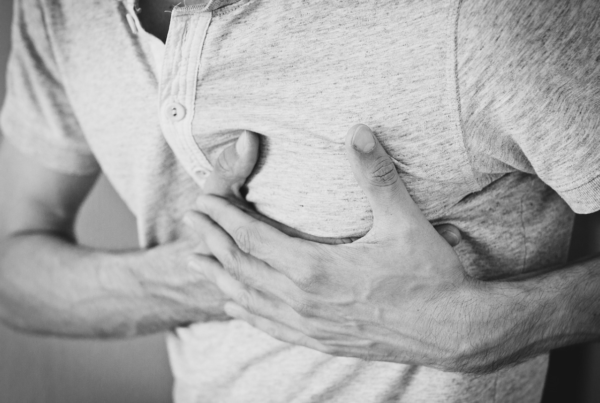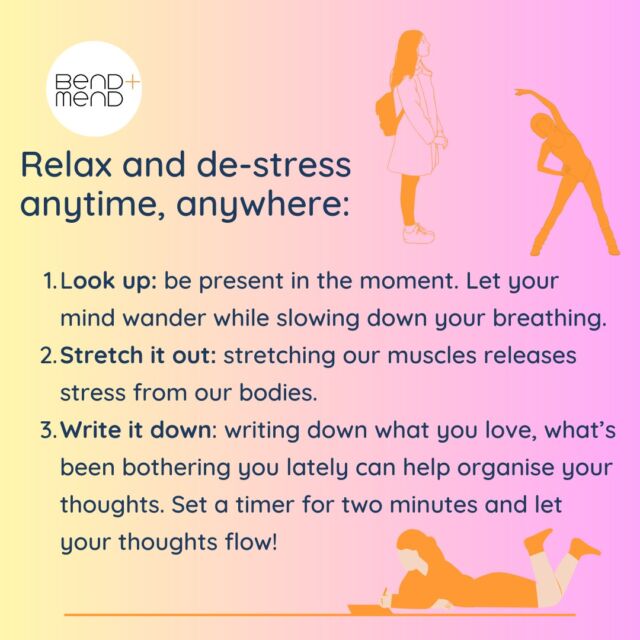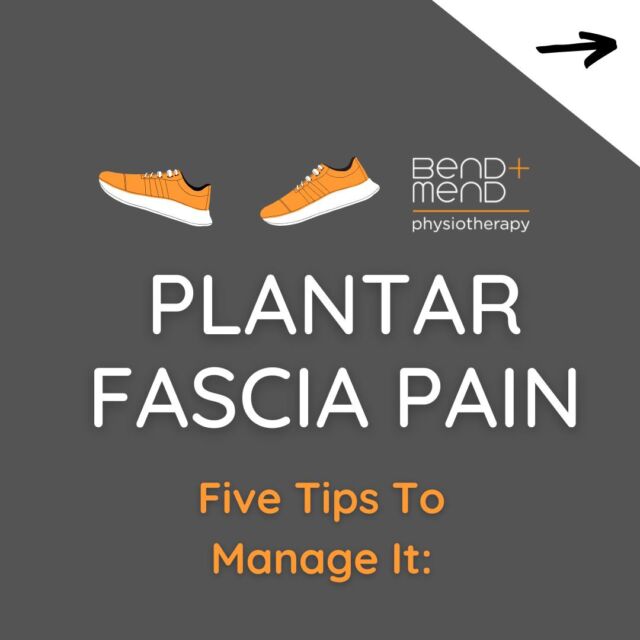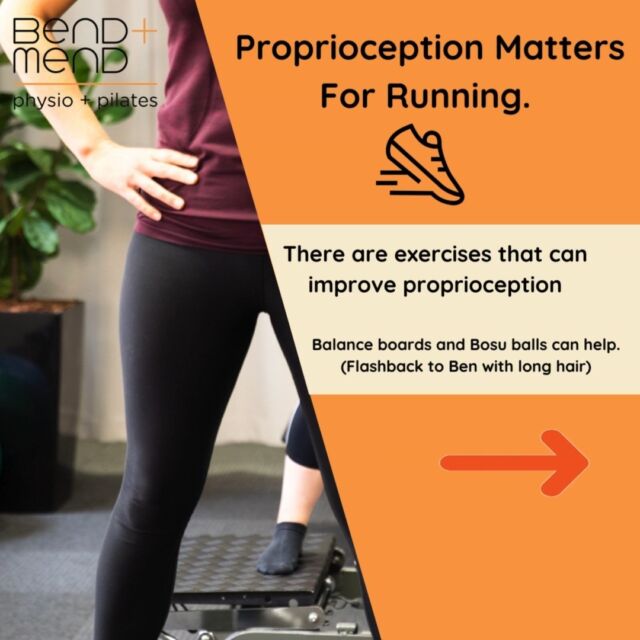The “traps” or trapezius muscle is one we have all heard about at one time or another, whether you are referring to the pain in your neck that you get from sitting at your desk OR you are a gym fanatic and always over activate those suckers when doing overhead activities! It is a commonly complained about area where people often describe tension, tightness or “knots”.
Over-active traps occur when there is consistent engagement of those muscle groups, where repeated activation does not allowed for sufficient rest times between movement or activation. Over-activity can cause stress and irritation. A large contributor to this is a combination of poor posture in the desk-based work force. Over-activation in everyday work life then compounds even further when moving into the gym or sporting environments.
The traps muscle is one of the two large superficial muscles that extend longitudinally from the occipital bone (base of the skull) to the lower thoracic vertebrae (spine) and out to the scapula (shoulder blade). It functions to stabilise the arm and shoulder blade.
The “traps” resemble a trapezium shape or a diamond shape that has 4 sides. The muscles as a whole can be divided into 3 segments that all insert at different areas on the the body:
– Upper traps: perform elevation or shoulder shrugs. Easily activated.
– Middle traps: perform scapula adduction or a scapular squeeze where you pull the shoulder blades back together. This action however also uses some upper and lower traps too.
– Lower traps: lower traps perform the action of pulling the shoulder blade downward, however when upper traps are dominant the lower traps are often left behind and don’t get enough activation time!
These three segments also work in tandem with serratus anterior muscle and the rhomboids. The primary issue that is most commonly seen in physiotherapy is muscular imbalances between the three trapezius segments along with serratus anterior. If one segment is more dominant or over-active and one segment is under-active or weak the imbalance increases. An example of this is when the upper traps are over-active and the lower traps are weak.
When working at a desk 8-10 hours a day it pretty hard to reverse these overactive muscles. However, with the right advice and understanding of what correct posture and muscle activation looks and feels like outside of the workplace (at home, at the gym, driving etc!) your pain and discomfort in the workplace can be minimised!
If you feel like this is an area you might need a bit of help with, or you have work-related neck or shoulder pain, Physiotherapy can help. Book in to see one of the Physio’s at Bend + Mend in Sydney’s CBD.








